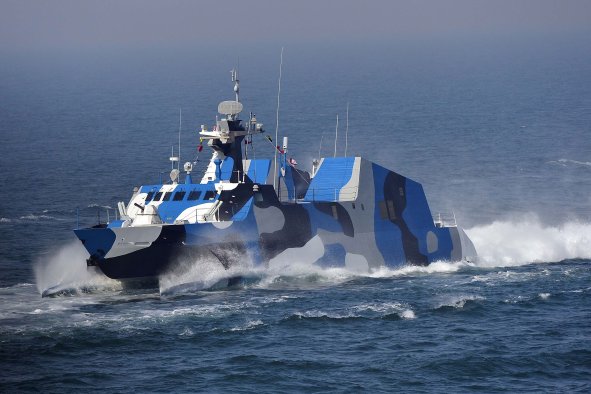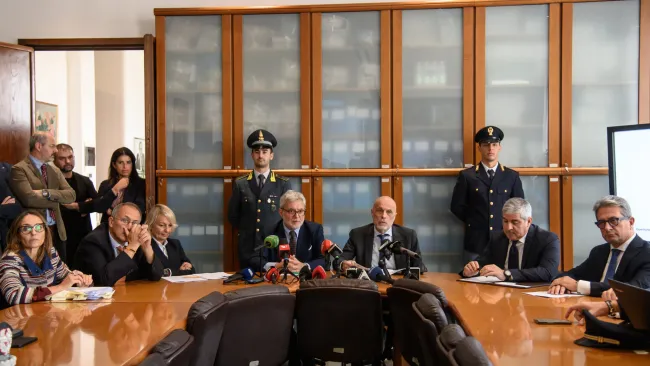A missing World War II bomber plane has been found 80 years after being lost over the Pacific Ocean.
The plane was discovered toward the end of last year in the waters off the coast of Gasmata in New Britain—an island that forms part of Papua New Guinea. On Friday, Australia's Department of Defence announced in a statement that the Royal Australian Air Force (RAAF) had positively identified the aircraft as the missing RAAF No. 100 Squadron Beaufort Bomber A9-374.
The bomber was lost with four crew on board, all of whom were killed in action. The crew never returned after flying a mission in 1943.
The aircraft was a British twin-engine bomber designed by the Bristol Aeroplane Company. The bomber saw significant action in the Mediterranean and Southwest Pacific theaters of the war, among others.
More than 1,100 of the aircraft were manufactured, with hundreds built in Australia and used by the RAAF in the Southwest Pacific.
The remains of the missing plane, A9-374, are spread out over a relatively large area, lying more than 50 feet below the ocean surface.
As a result, positively identifying the aircraft following the initial discovery of the wreckage proved to be a challenging and time-consuming task, according to RAAF Chief of Air Force Air Marshal Stephen Chappell. The identification was made following a diving expedition to the wreckage site that was conducted earlier this year.
"The mission involved the use of specialist divers and maritime archaeologists who worked on a complex site, featuring heavily damaged wreckage that was covered in layers of sediment and marine growth," Chappell said in the statement.
"I offer my heartfelt thanks to all involved in this significant mission; it is especially comforting for the families of the four aviators lost with their aircraft to know at last what happened to their loved ones, and to learn their final resting place."
The aircraft was initially discovered during an expedition led by Australian billionaire Andrew Forrest and Ocean Ecology. The businessman has been searching for the remains of his long-lost uncle, Flying Officer David Forrest, who was shot down while piloting a similar RAAF Beaufort bomber near Gasmata in 1943.
A service will be held in October at RAAF Base Point Cook in Victoria, Australia, for the four airmen who were killed when A9-374 was lost.
"No further recovery is planned for this challenging crash site, but we continue to strive to account for all our missing service personnel as part of our commitment to honoring their service and sacrifice for our nation," Chappell said.
Do you have a tip on a science story that Newsweek should be covering? Do you have a question about history? Let us know via science@newsweek.com.
Disclaimer: The copyright of this article belongs to the original author. Reposting this article is solely for the purpose of information dissemination and does not constitute any investment advice. If there is any infringement, please contact us immediately. We will make corrections or deletions as necessary. Thank you.




